Amazingly, it was a visiting birder from New York who discovered Neotropic Cormorants breeding in the Wakodahatchee Wetlands.
Recent Posts
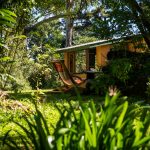 Birding Lodges of the World: Zomba Forest Lodge, MalawiBy Editor
Birding Lodges of the World: Zomba Forest Lodge, MalawiBy Editor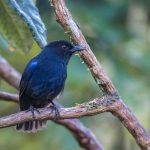 Birding Horton Plains, Sri LankaBy Kai Pflug
Birding Horton Plains, Sri LankaBy Kai Pflug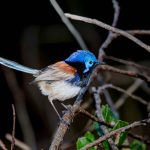 Three Photos: Fairy-wrensBy Editor
Three Photos: Fairy-wrensBy Editor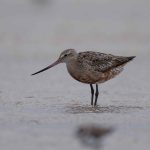 The Chemistry of Birds (20): Energy StorageBy Kai Pflug
The Chemistry of Birds (20): Energy StorageBy Kai Pflug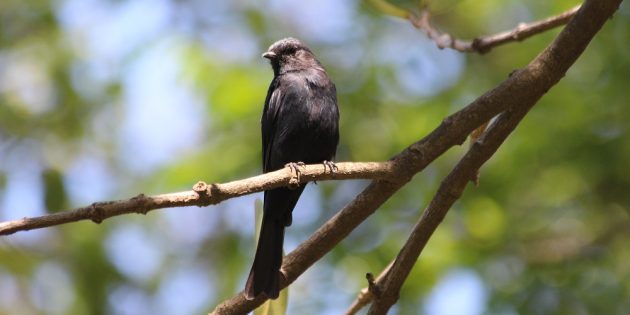 Durban Botanical GardensBy Duncan
Durban Botanical GardensBy Duncan On Goosander Hunting and Waterf(owl): Munich’s (Un)Popular BirdsBy Luca
On Goosander Hunting and Waterf(owl): Munich’s (Un)Popular BirdsBy Luca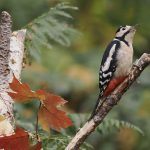 Grey days and grey birdsBy David T
Grey days and grey birdsBy David T
Posting Calendar
| DAY | WRITER(S) | SERIES (weekly) |
|---|---|---|
| MON | Kai (w) | Birding Lodges |
| TUE | Donna (m) Susan (m) Hannah (m) Fitzroy (m) Grace (m) | Bird Guides |
| WED | Leslie (bw) Faraaz (bw) | Ask a Birder |
| THU | Paul (w) Cathy (bw) | Birder’s Lists |
| FRI | David (w) | Species Spotlight |
| SAT | Peter (bw) Luca (bw) | From the Archives |
| SUN | Clive (w) Sanjana (m) | Three Photos |
| w weekly, bw biweekly, m monthly | ||
| Any time: Jason, Mark, John, Sara, Rolf, Dragan | ||
See here for info on the writers.
Newsletter
Signup and receive notice of new posts!
Thank you!
You have successfully joined our subscriber list.

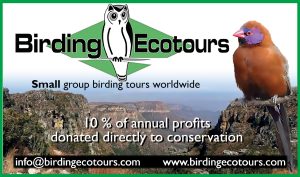
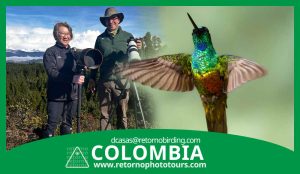
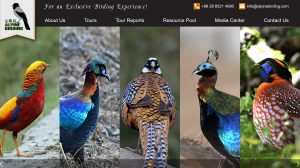
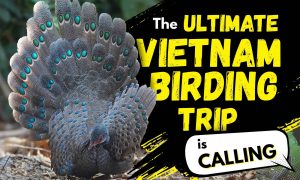
This is a really weird report. It’s amazing that a bird like this could stay hidden for so long at a site as small and intensely birded as Wakodahatchee Wetlands.
I don’t think it’s that surprising. Ironic, yes. I’ve birded Wakodahatchee since it opened, and I’ve always found nature photographers there, but not many hard core birders.
I was wondering when that was going to happen.
I guess birders mostly see what they are looking for, and no one was looking at cormorants in Florida because of the assumption that they would all just be DC cormorants. If birders think there is no vagrant potential in a certain bird group, vagrants will never be found.